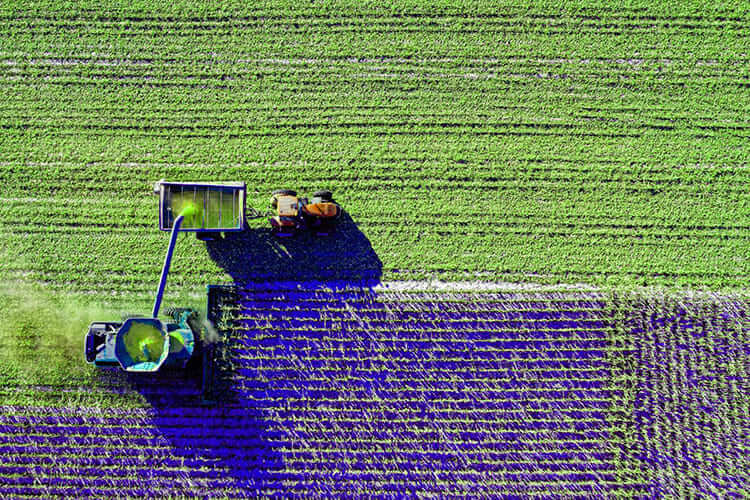How High-Yield Farming Saves Nature

In our ever-expanding world, the demand for food is constantly growing. To meet this demand, agriculture has historically intensified, often at the expense of the environment. However, there’s a promising solution on the horizon – high-yield farming. This sustainable agricultural approach not only boosts food production but also plays a crucial role in saving nature and preserving our planet’s delicate ecosystems.
High-yield farming is a modern agricultural technique that focuses on maximizing crop yields while minimizing resource inputs. Let’s look into how this innovative approach can contribute to the conservation of nature.
- Increased Efficiency:
High-yield farming techniques, such as precision agriculture and advanced irrigation systems, allow farmers to produce more food using fewer resources. This reduces the pressure to convert additional land into farmland, helping to conserve natural habitats and biodiversity.
- Less Habitat Conversion:
Traditional farming often involves clearing forests and wetlands to create more agricultural land. High-yield farming’s ability to produce more from less land means that there’s less need to encroach on natural habitats, protecting critical ecosystems and the species that depend on them.
- Water Conservation: High-yield farming practices, like drip irrigation and soil moisture monitoring, optimize water use. This not only saves water but also prevents the over-extraction of freshwater resources, which can harm aquatic ecosystems.
- Reduced Chemical Inputs: Precision farming techniques enable the precise application of fertilizers and pesticides, minimizing chemical runoff into nearby water bodies. This reduces water pollution, protecting aquatic life and ecosystems downstream.
- Preservation of Soil Health:
High-yield farming often involves no-till or reduced-till practices that help maintain soil structure and fertility. Healthy soils support a diversity of microorganisms and insects critical for ecosystem functioning.
- Biodiversity Conservation:
By minimizing habitat destruction and reducing chemical usage, high-yield farming creates a more favorable environment for beneficial insects, birds, and other wildlife. These creatures play vital roles in pollination and pest control, supporting biodiversity.
- Climate Mitigation: Sustainable high-yield farming practices contribute to climate change mitigation. Healthier soils sequester more carbon, reducing greenhouse gas emissions and helping to combat global warming.
- Education and Research:
High-yield farming encourages the adoption of innovative and environmentally friendly practices. It promotes research and development efforts to find new ways to increase productivity while reducing the ecological footprint of agriculture.
- Economic Incentives:
High-yield farming can be economically advantageous for farmers. This economic stability can reduce the temptation to engage in ecologically harmful practices driven by financial desperation.
- Consumer Awareness:
As consumers become more conscious of environmental issues, the demand for sustainably produced food is on the rise. High-yield farming aligns with these values, fostering a market for environmentally responsible products.
In conclusion, high-yield farming is a powerful ally in the fight to save nature. By increasing efficiency, reducing habitat conversion, conserving water, and promoting sustainable practices, this approach ensures that we can meet our growing food demands without further compromising our planet’s delicate ecosystems. As we move towards a more sustainable future, high-yield farming will continue to play a crucial role in balancing the needs of agriculture and the preservation of nature.

